Spicy Paan Plant
The Spicy Paan plant is a sort of betel leaf plant that is conspicuous for its allure, powerful flavor, and throbbing green leaves. It is established in religious traditions, opening-freshening readiness, and Ayurvedic remedies. Not to miss is that it is easy to care for this plant and enjoy its great greenery aesthetics in your indoor or outdoor gardens.
How to Care for a Spicy Paan Plant?
Your Spicy paan plant requires reduced upkeep when suited to the right soil, balanced watering, limited shade, and affection. All you need to do is:
- Soil
Use mineral-rich, ready-to-bear, and well-draining soil to ensure the best growth of your paan plant. Raised beds or big cauldrons accompanying seepage holes are ideal for growing your plants. - Water
Water the Spicy Paan plant fairly, about 2–3 times a week, contingent upon the season. The top layer of the soil may indicate your plant needs watering. During sharp summers, increase the frequency of watering, but lower it in winter in order to avoid fungal root contamination. - Light Requirements
The piper Betel blooms to a certain extent in shade environments. It demands incidental, refined light and avoids direct, sharp sunlight that can burn its sensitive leaves. When growing indoors, you must place it close to a window. - Temperature and Humidity
Being an equatorial plant, Spicy Paan plants love warm, high temperatures and extreme dampness. It can be shielded from cold drafts, and it’s best to shift it inside during cold weather or cover it utilizing a greenhouse coating. The ideal temperature range for your paan plant is 20 to 30 degrees Celsius. - Pest
Though mainly bug-opposing, it can sometimes invite aphids, mealybugs, or mites. So, you can go ahead with a high-quality pesticide to ensure the proper growth of your paan plant. - Fertilizer
Use a dedicated dry or liquid fertilizer monthly for the ideal growth of your Piper betel. During the growing season, you can use the fertilizers for advanced, lavish leaves and active growth. - Pruning & Maintenance
Trim this vine regularly to spur bushier development and in order to avoid legginess. Remove yellow or broken leaves to prevent the spread of infection. Further, always use clean, sharp shears or flower cutters to create cuts above the leaf knots.
Key Features and Benefits of Spicy Paan Plant
This Betel leaf plant or Spicy paan plant offers a mix of optical appeal, traditional value, and practical benefits, making it a suitable choice for both indoor and outdoor zones. Have a look at its top features and benefits, like:
- Unique Looks
The plant’s soil-formed, shiny leaves trailing on a smooth creeper contribute to its exquisite appeal. You can place a Betel leaf plant on a framework or withstand baskets, finding a beautiful green shroud. - For Beginners
Spicy Paan is an ideal choice for trainee gardeners. It requires the slightest care after plantation and fast rewards you for accompanying new, growing leaves around the period. - Vastu Importance
According to Vastu Shastra, the Piper Betel is thought of as highly favorable. Keeping it in the northward-oriental or eastern side is trusted to harness helpful strength, stroke of luck, and affluence into the household. - Air Purification
Though primarily grown for its magnetism leaves, Spicy Paan further helps to clean the household air. Its broad leaves consume possible air pollutants and release oxygen, making it a clean environment.
If you are seeking a plant that’s grounded in culture, effortless to assert, and beneficial in normal growth, the Betel leaf plant is the perfect pick from Upjau , the best online plant nursery in India. From improving your mood to purifying your room and instigating your home’s strength, this climbing plant is a valid multi-purpose treasure.
FAQs
Q. Can I breed the Spicy Paan plant in a cauldron?
A. Yes! Use an abundant, well-wearing cauldron accompanied by support like an arbor or bamboo stick for the creeper to crawl.
Q. When can I start collecting the leaves?
A. Leaves conceivably collected 3–4 months afterwards growing. Always pick mature leaves from below while assigning the top improvement to advance.
Q. Is the Spicy Paan category tasty like formal paan?
A. Absolutely. The Spicy Paan type is frequently more tasty and is used as an Ayurvedic refreshment.
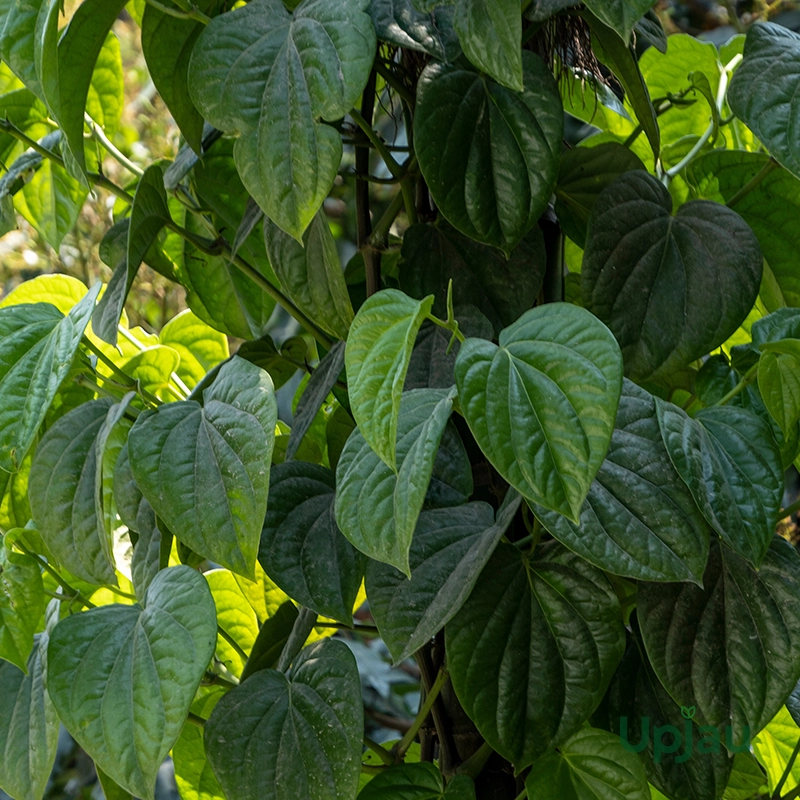
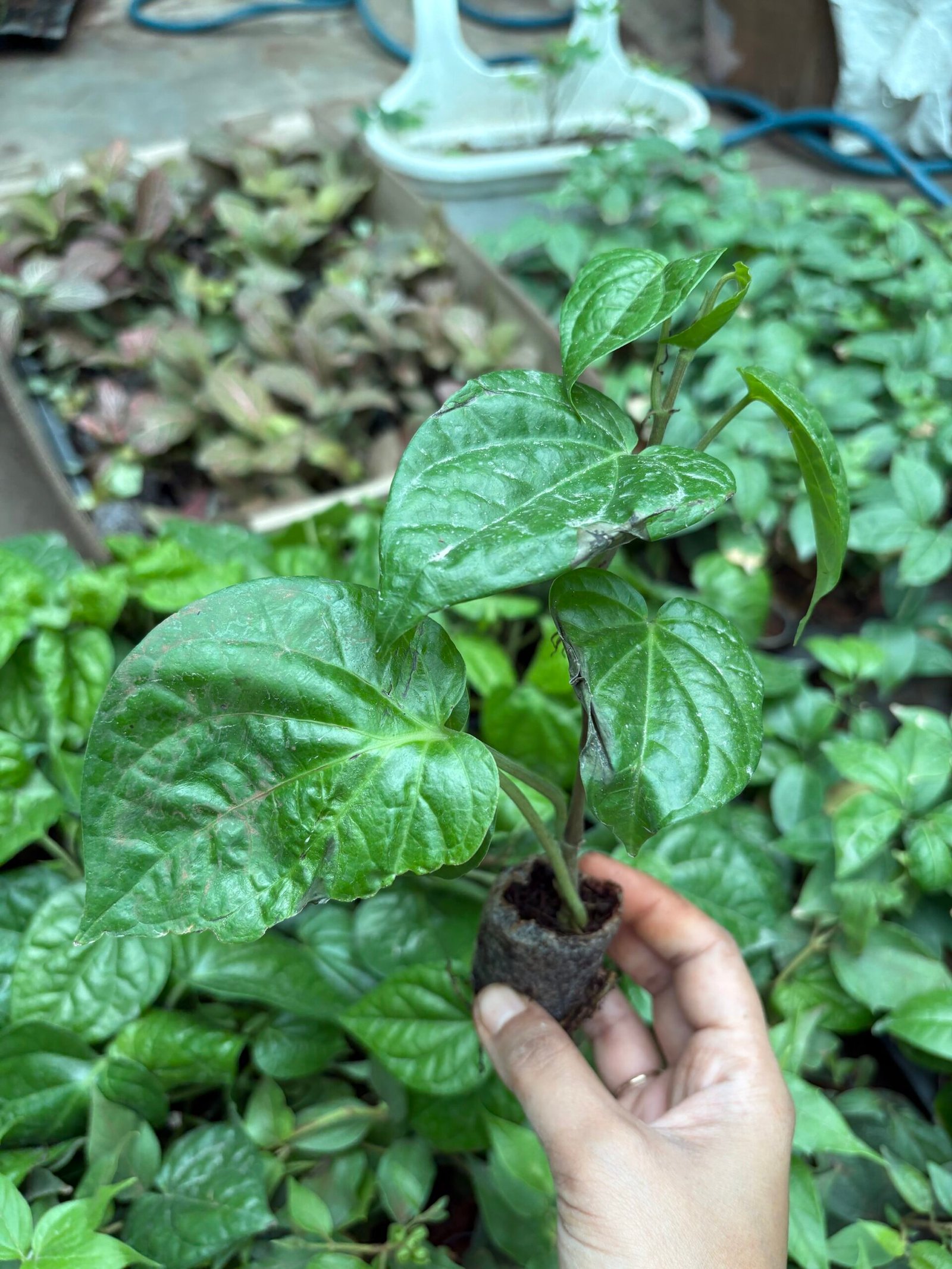


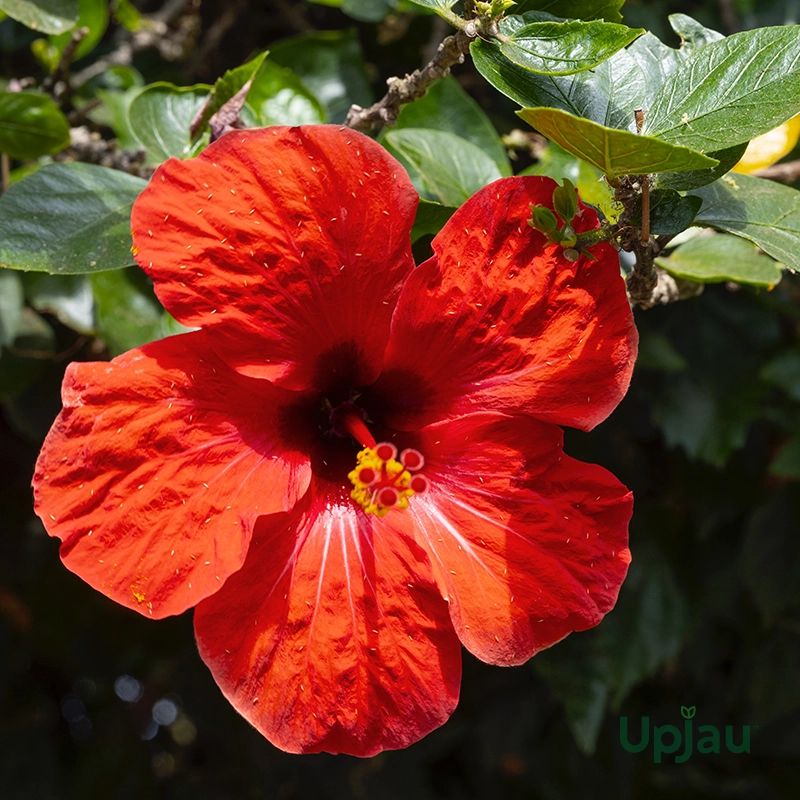
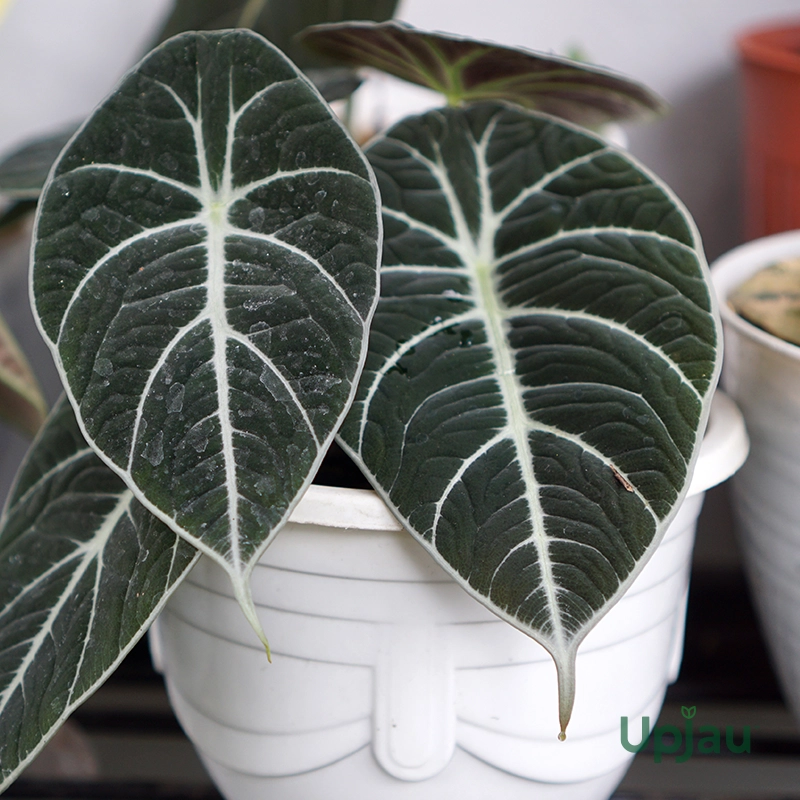

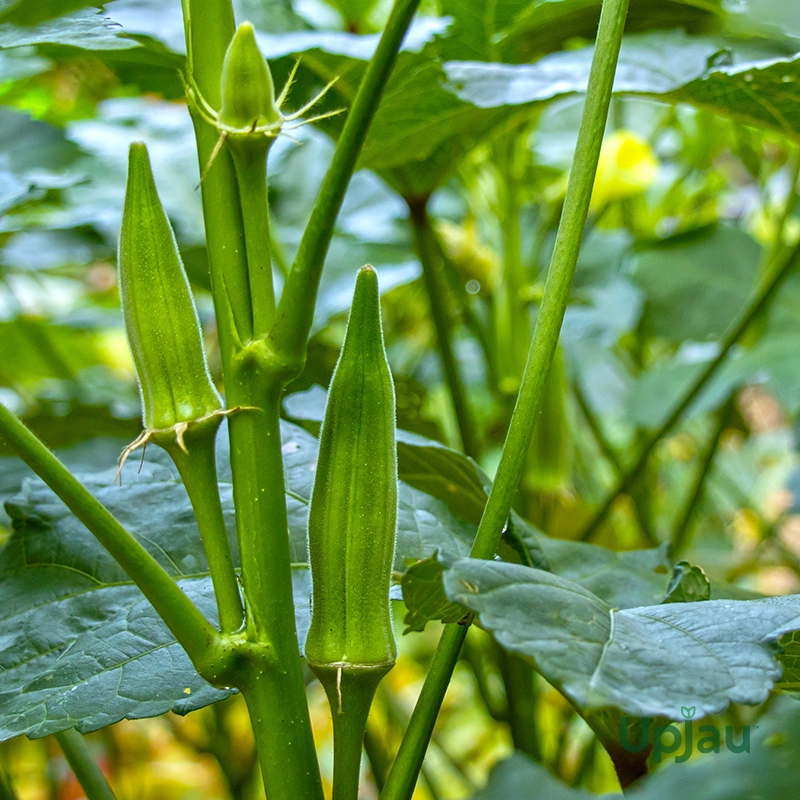
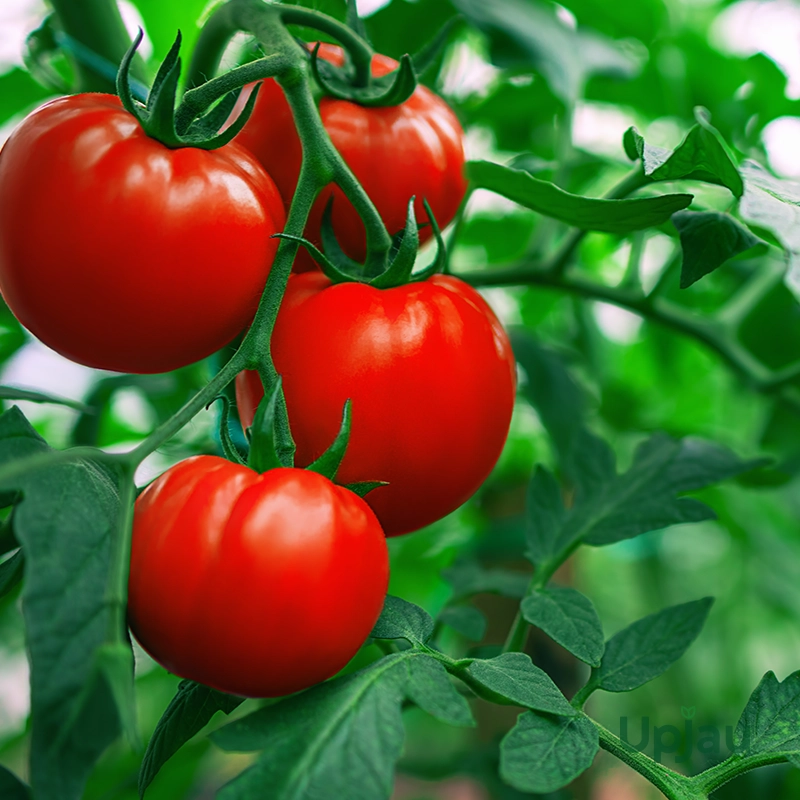
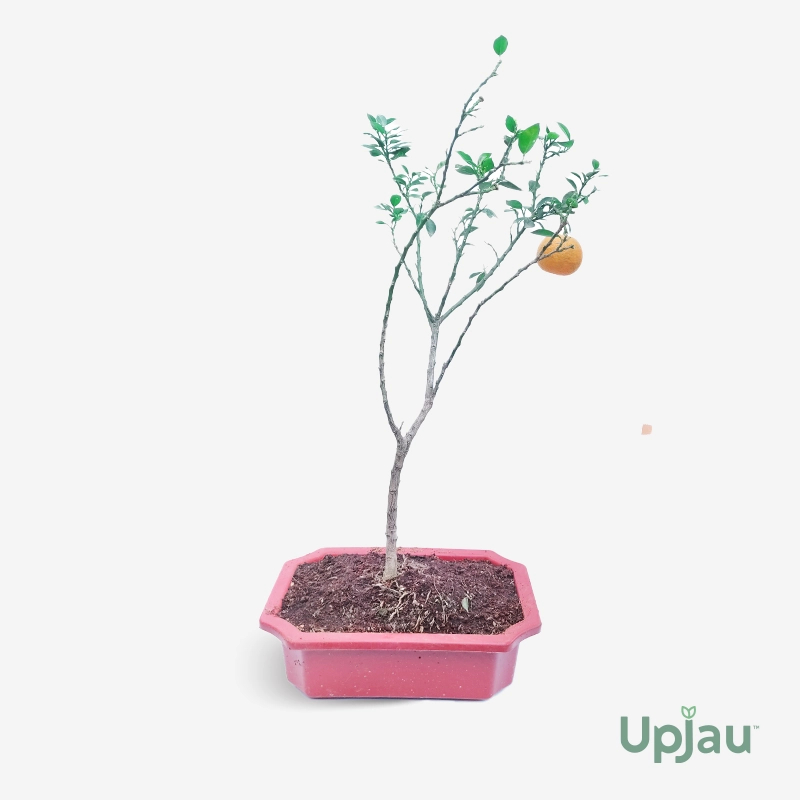

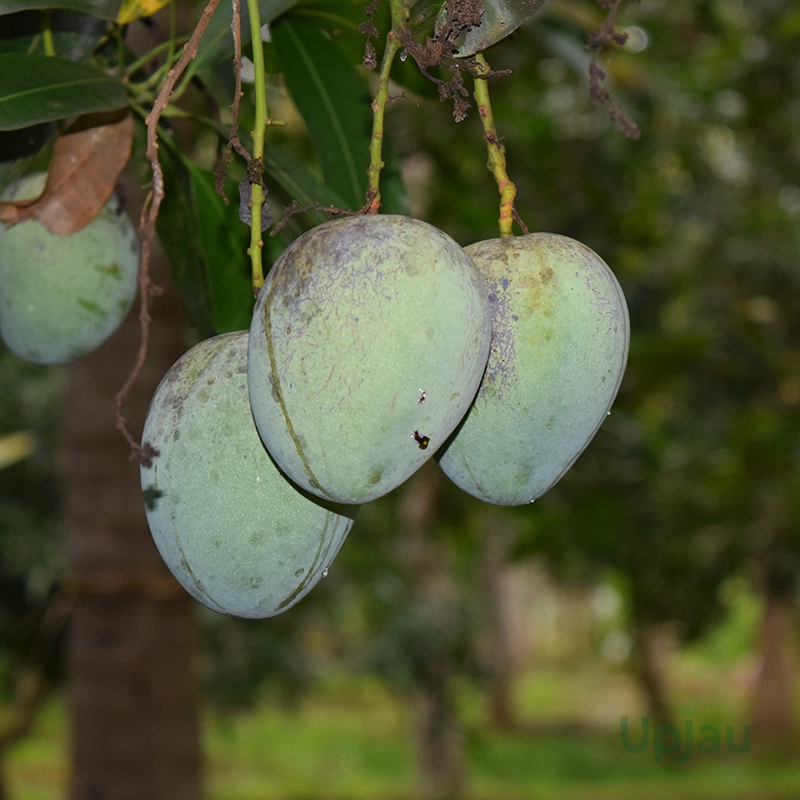
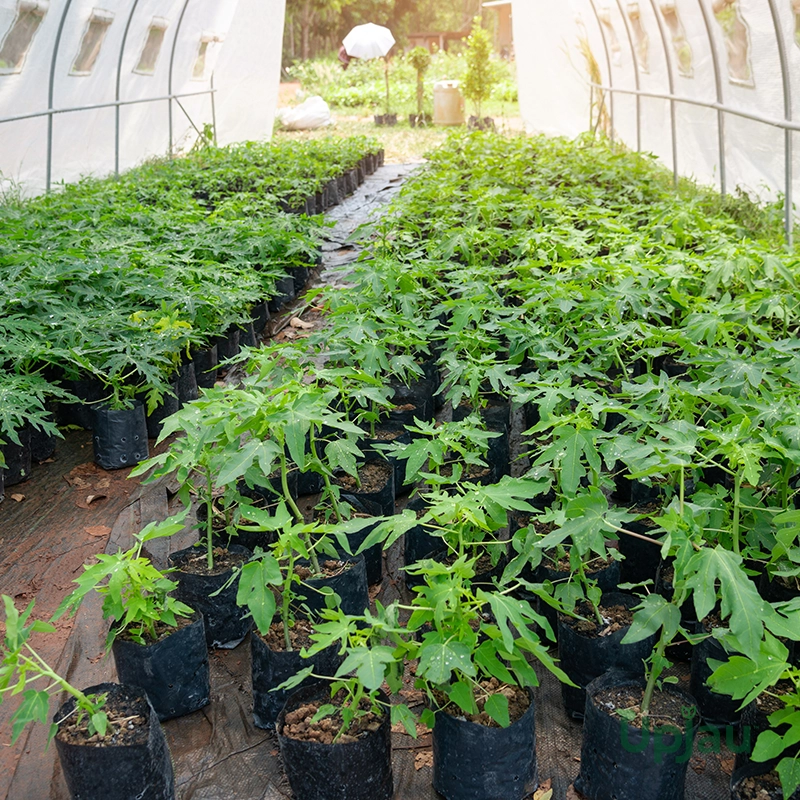
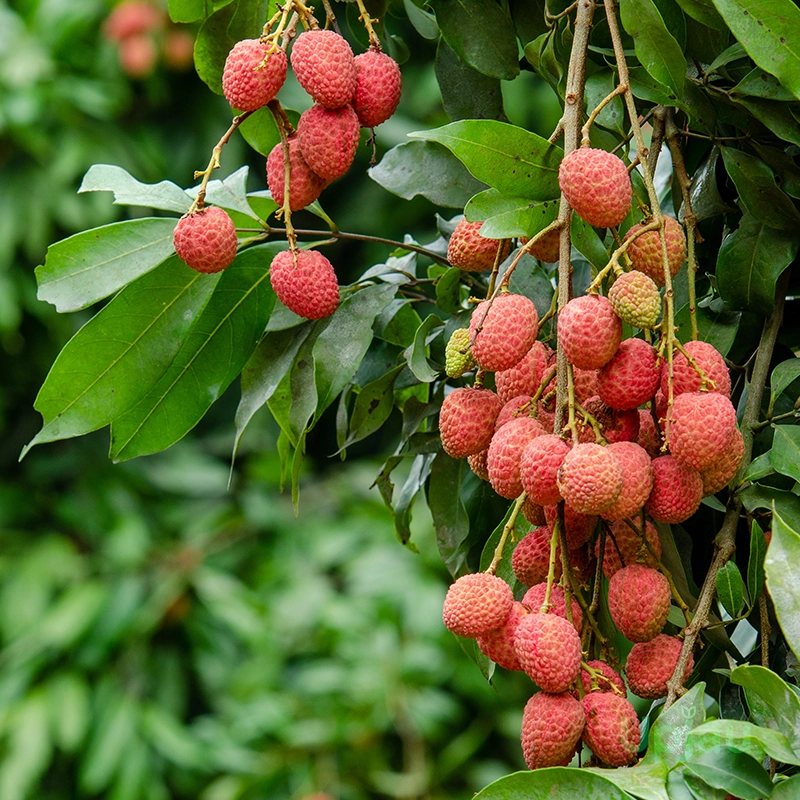
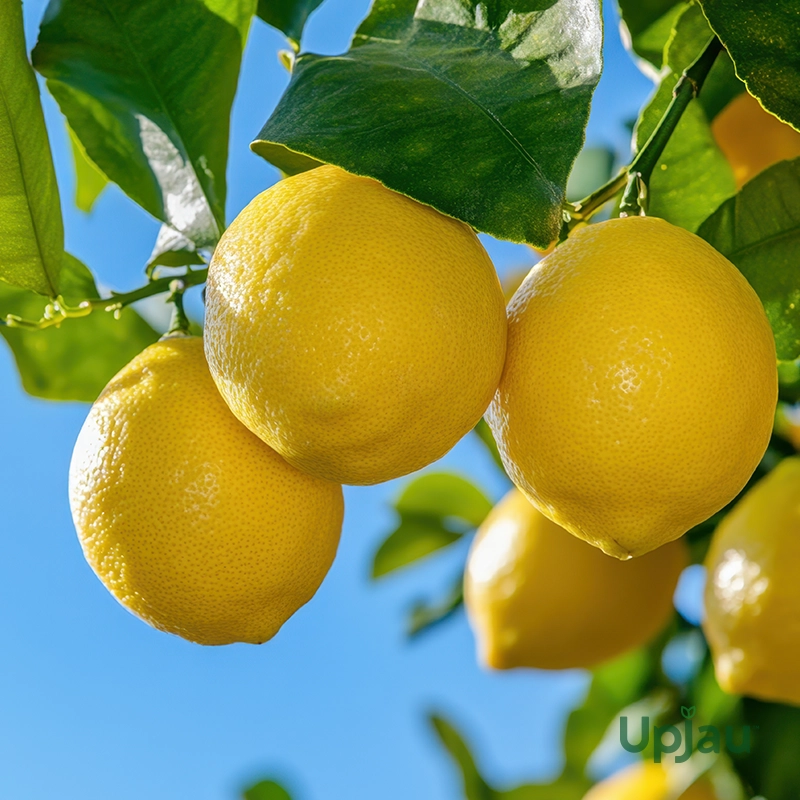
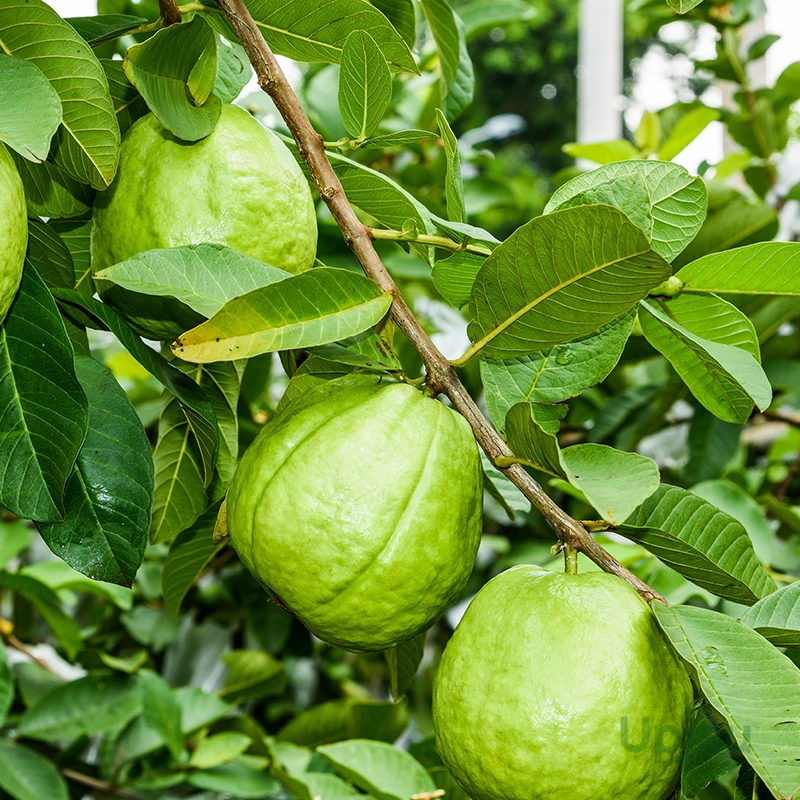

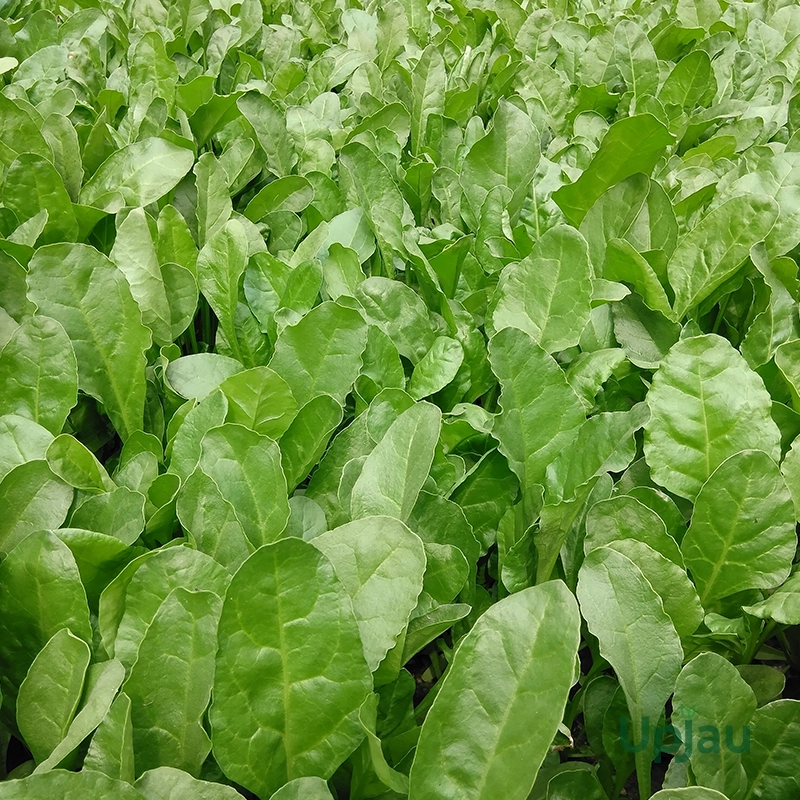


Reviews
There are no reviews yet.